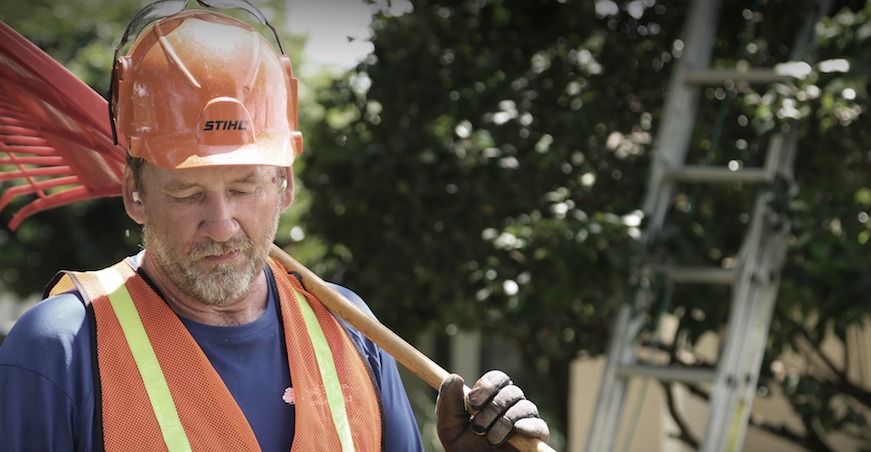Article in collaboration with HungryPests.com
When it comes to invasive species, the emerald ash borer has received the most attention in the United States in recent years. But it’s far from the only threat to trees.
State and federal authorities are monitoring 15 invasive pests that are the most damaging in the U.S. to agriculture and trees, and federal data shows the large scope of the overall problem.
Forty of the 50 U.S. states have at least one of the targeted pests under federal quarantine, according to www.hungrypests.com, which is run by the U.S. Department of Agriculture. All 50 states are listed as having suitable habitats for more than one of the pests.
We’ve written before about what the emerald ash borer means for tree care contractors. Here are five other pests that affect trees, with all of the information and photos coming from the Hungry Pests website.
European gypsy moth

The European gypsy moth is such a big threat because its caterpillars have ravenous appetites and feed on more than 300 species of trees and shrubs. The caterpillars defoliate trees, which also makes the trees vulnerable to other diseases and pests. Signs include visible egg masses, caterpillars and adult moths, along with defoliated trees. The moth is currently found in Connecticut, Delaware, the District of Columbia, Illinois, Indiana, Maine, Maryland, Massachusetts, Michigan, Minnesota, New Hampshire, New Jersey, New York, North Carolina, Ohio, Pennsylvania, Rhode Island, Vermont, Virginia, West Virginia and Wisconsin. Kentucky is considered to be at high risk.
Asian longhorned beetle

The Asian longhorned beetle is a threat to America’s hardwood trees and, with no current cure, has the potential to cause more damage than Dutch elm disease, chestnut blight and gypsy moths combined. Signs include seeing the beetle, a series of chewed round depressions in tree bark, pencil-sized circular exit holes, excessive sawdust buildup near tree bases, and unseasonably yellowed or drooping leaves. There are infestations in Massachusetts, New Jersey, New York and Ohio, but western states are considered at risk.
Sudden oak death

Sudden oak death (SOD) is caused by a water mold pathogen. It is considered especially dangerous because it affects a wide variety of trees and there is no known cure. Signs include bark cankers, leaf spots and twig dieback. SOD is currently in California and Oregon.
Light brown apple moth

The light brown apple moth causes the greatest damage to produce and backyard gardens. Some of the plants are items tree care contractors may treat, including eucalyptus and poplar trees. Signs include visible caterpillars and adult moths, as well as damaged fruit or vegetables. The moth is found in California and Hawaii.
Giant African snail

The giant African snail feeds on more than 500 types of plants. If fruits and vegetables are not available, it will eat ornamental plants, tree bark and even paint and stucco on houses, causing structural damage. Signs include seeing the large snail, which is roughly the size of an adult fist. The snails are located in Florida and Hawaii, but they have been found elsewhere in the U.S. in classrooms for use in science lessons by teachers unaware of the threat.
